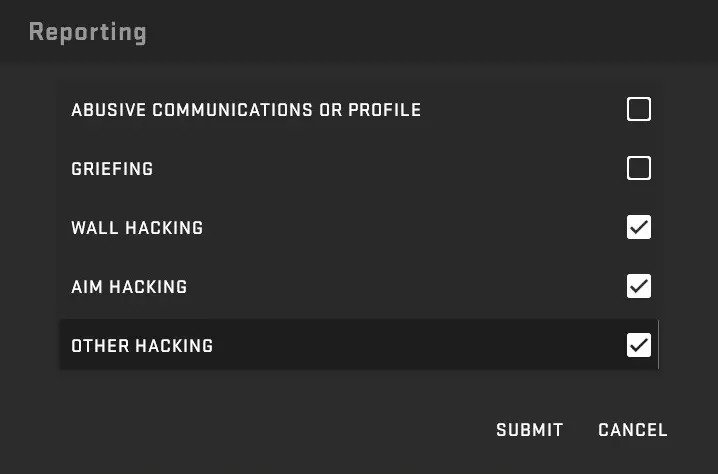The Hookup Dossier: Your Ultimate Guide to Modern Dating
Explore the ins and outs of dating, relationships, and modern romance.
Toxicity Reports: The Hidden Drama in CS2 Matches Unveiled
Discover the shocking tales of toxicity in CS2 matches! Unveil the hidden drama behind the screens and join the conversation. Don't miss out!
Understanding the Impact of Toxicity in CS2: A Deep Dive into Match Dynamics
In Counter-Strike 2 (CS2), understanding the impact of toxicity on match dynamics is crucial for fostering a healthy gaming environment. Toxic behavior not only affects individual players but also significantly alters team morale and overall game dynamics. Players often encounter instances of hostility, negativity, and poor sportsmanship, which can lead to a cascade of negative outcomes such as decreased cooperation and increased frustration. These disruptions can make it difficult for teams to communicate effectively, ultimately impairing their chances of winning and leading to an unpleasant experience for everyone involved.
To mitigate the impact of toxicity, developers and the community must take collective action. Implementing comprehensive reporting systems, promoting positive behavior through rewards, and educating players about the effects of toxicity are essential steps. For instance, organizing community events that encourage teamwork and sportsmanship can help reshape the culture within CS2. By recognizing the consequences of toxic behavior and addressing it openly, players can create a more welcoming environment where everyone can enjoy the thrill of competition without the overshadowing influence of negativity.

Counter-Strike is a popular tactical first-person shooter that has captivated gamers worldwide. With various iterations, including the latest release, it offers intense gameplay and strategic depth. Players often seek guidance on optimizing their gaming experience, such as through cs2 port forwarding, which can enhance connection stability and reduce lag.
How to Identify and Combat Toxic Behavior in CS2 Matches
In competitive gaming, particularly in CS2 matches, recognizing and addressing toxic behavior is crucial for maintaining a positive environment. Toxic behavior can manifest in various forms, including harassment, excessive trash-talking, or intentional game sabotage. To identify such behavior, players should pay attention to patterns, such as consistent negative comments in chat or a player's overall demeanor during matches. Keeping an eye on the scoreboard can also help, as individuals who are underperforming often lash out in frustration, leading to toxicity.
Once you've identified toxic behavior, it's essential to combat it effectively. Here are some strategies you can implement:
- Mute the offender to avoid further negativity.
- Encourage positive interactions by setting a good example.
- Report the behavior using the game's reporting features to help maintain a healthy gaming community.
- Consider playing with friends, as a supportive team can mitigate the impact of toxic players.
By fostering a culture of respect and sportsmanship, you can enjoy a more rewarding experience in CS2.
Are CS2 Players More Toxic Than Ever? Analyzing Trends and Solutions
The question of whether CS2 players are more toxic than ever has sparked discussions across the gaming community. Recent trends indicate an increase in negative behaviors, including verbal harassment and unsportsmanlike conduct. Several players report feeling overwhelmed by the toxicity, leading to a decline in overall enjoyment of the game. A study of in-game interactions reveals that instances of toxicity have risen by over 20% compared to previous versions of the game. To further illustrate this point, consider the following statistics:
- In-game reports of toxicity have increased by 25% year-over-year.
- Players have cited negative experiences in nearly 40% of their matches.
To address these rising concerns, both players and developers must recognize the importance of fostering a positive gaming environment. Possible solutions include implementing stricter penalties for toxic behavior and promoting a culture of sportsmanship through community events and campaigns. Additionally, game developers can create more robust reporting tools that empower players to take action against toxic conduct. Community-driven initiatives, such as anti-toxicity groups within the player base, can also play a vital role in reshaping the narrative. Together, we can make CS2 a more enjoyable and welcoming space for everyone.